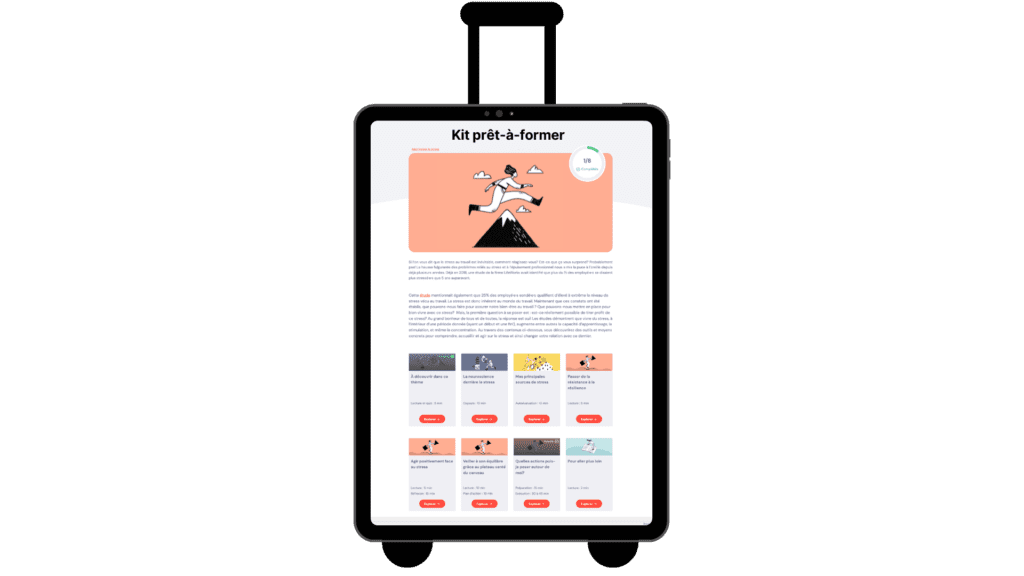
21 November 2025
8 min.
Human resource management
11 October 2023
4 min.

With the multitude of options available on the market, choosing the right LMS for your organization’s needs can turn into a time-consuming and complex task. Discover below our tips for choosing the right LMS, and making the task more pleasant and efficient!
Learning Management Systems, or LMSs, are increasingly popular learning management tools in the world of corporate training. They enable you to create, manage and centralize learning content on a single platform. Using this platform, you can give access to training content to the whole organization or to groups of learners (your managers, for example).
Among the best-known are Didacte, 360Learning, Adobe learning manager, Docebo, Moodle, etc. Faced with the diversity of products available on the market, how do you make the right choice?
Each LMS has its own unique features and benefits. It’s essential to compare them to find the LMS that best suits your needs. Some will emphasize user experience and interface usability. Others will offer granular control over what each user sees. If data security is essential to you, this will no doubt be an important evaluation criteria.
Here’s a (non-exhaustive) list of questions to help you make sense of it all:
Once you have a clear understanding of your needs, you can start looking for LMSs that match these criteria.
Boost your LMS with quality soft skills content and help your teams develop!

There are many online comparators. If your list of criteria is clear, it will be easy for you to clean up and eliminate the platforms that don’t have your must-haves.
After this initial sorting, the list might still look daunting! At Boostalab, we are sometimes amazed by the number of LMSs that are available in the market. Try to take into consideration other elements such as price and scalability.
The cost of an LMS can vary considerably depending on the needs and size of the organization. Some LMSs operate on a monthly or annual pricing model, while others charge according to the number of users. Make sure you understand the pricing structure of the Learning management system and check whether it is scalable enough to meet your future needs.
Don’t forget to consult the reviews of other users of the LMS you’re considering. It can tell you a lot about the quality of customer service, the technical support you can have, the user experience or how far you can work with the platform.
Finally, there’s nothing like diving into the action to find out whether this system is right for you or not: don’t hesitate to ask for a demo or a free trial to see how the system works in practice.
Not necessarily! Setting up an LMS, especially if you’re a large company, can take time and organization. As with any new implementation, change management is the key to success. On the one hand, the project managers will need to communicate frequently about what is about to come. On the other hand, people who will be using the system need to learn how to welcome this new change into their daily professional life.
Depending on your situation, it may be worth keeping the e-learning or learning solutions you may already have access to, so that people don’t have to interrupt their skills development. Plan for a transition period, for example by running a pilot project with a group of future platform users, before rolling it out to your entire organization.
Help your teams develop the skills they need to prepare for, communicate with and manage a transition.

Choosing an LMS is a big decision, and not one to be taken lightly. Take the time to analyze your needs and evaluate the different solutions. This will help you choose the ideal LMS for your organization. And if you need to boost your LMS with quality content, our ready-to-train kits are here to help!
Blog

21 November 2025
8 min.

20 November 2025
4 min.

10 October 2025
6 min.